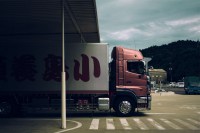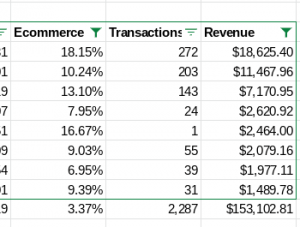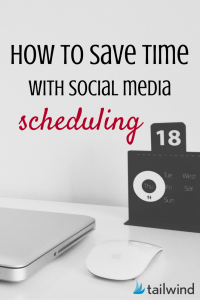August 5, 2016

At some point, every online retailer should consider the idea of outsourcing order fulfillment.
The big reason is simple: Keeping up with the daily grind of packing and shipping boxes as sales increase is a challenge. As your subscriber base grows, so does the demand for efficient and organize packing, shipping, and storing of products and completed boxes.
While scaling up fulfillment operations in-house may be an option for some, most companies find it better to partner with a 3rd party warehouse (3PL) that has specific expertise and technology to manage this process. These partners can help optimize your process, provide better solutions (shipping & box prices) for your company, and reduce the risk of slippage and breakage – and this all often comes with a bigger bottom line.
But there are some things you’ll want to consider when approaching a fulfillment partner. Here are 6 big areas to keep in mind:
Number 1. SKU’s and Storage
It’s no surprise that storing products is a big part of what 3PLs do. If you have sensitive product types, it’s something you’ll want to go over with your fulfillment partner.
What’s more, the amount of product you keep in inventory, or bring in to support your next box will affect your storage costs. Costs are typically billed at a monthly per pallet, or per sq. foot rate for on-shelf storage.
Questions to consider:
- What is the per pallet or per sq. foot storage fee?
- What certifications does the warehouse have?
- What types of products are not suitable for the warehouse?
Number 2. Pick and Pack
Typically, a subscription box is assembled in a production line manner and the cost will be measured in what’s referred to as “touches.” These are defined by how many times a team must touch your box. For example, folding your box is one touch, placing an item inside is another touch, and sealing the box is another touch.
First, there will be a flat per order fee meant to cover the basic costs of processing the order and picking the first item. The variable part of the equation comes in for orders containing 2 or more pieces which incur an additional per piece charge for each item on the order after the first one.
This is important to understand for a few reasons:
- Adding additional items to the primary box offer due to an upsell or email blast will add additional touches, and needs to be identified at the onset to allow for proper assembly line creation.
- If there are any web order elements for individual items a customer may want more of, there will be a different set of costs to be discussed.
- There are costs associated with additional services, which can include labeling, wrapping, and other types of personalization – these costs are quoted based on the specific requirements of the task.
Number 3. Materials
Warehouses will charge for boxes and packing materials, and the cost will depend on the size and type of box, the type of materials, and how many are used.
Some facilities will require you to use their boxes, while others will allow you to provide your own. In general, the fewer box sizes you need to use helps save money by enabling you to buy in greater volume and pay a lower per box rate.
Keep in mind: 3PL’s have access to greater rates for most packing materials. When grabbing a quote, make sure you get competitive pricing wherever possible.
Number 4. Shipping
A potentially big advantage to working with a 3PL is saving money using their shipping contracts – many 3PLs will pass on some or all of their negotiated volume discounts.
What’s more, outsourcing to a central part of the country can greatly reduce shipping costs for zone based shipping (like the USPS). By being centrally located, you’re closer to most address, vs. shipping from a coastal location.
Reputable warehouses will also help you optimize how you are shipping customer orders in a way that reduces your overall costs. In the end, however, it the size, weight, and destination of your products that has the largest impact on your shipping costs.
Number 5. Receiving
3PLs will charge for the time (usually as a per hour rate) to inspect and receive your products. Some will charge a line set-up fee, which includes setting up your packing list and counting product ahead of time.
In both cases, this operation is important to maintain accurate inventory counts. When you work with a 3PL, it’s common that you never see the actual product you are selling because it will be coming directly from your suppliers. This means having a trusted partner to inspect product before it is sold is important.
Number 6. Support
Another variable cost, customer support, is usually charged as an hourly rate to cover the cost of customer inquiries and other support issues. Most order fulfillment warehouses can provide some level of support to your customers but it is important to define the exact expectations and provide proper training — it’s fairly unique to have a 3PL that corresponds with your customers over email.
Keeping the Big Picture in Mind when Outsourcing
Outsourcing is a tough decision for any business function and order fulfillment is no different. Having a clear understanding of the types of costs involved with outsourcing is an important first step.
Questions? Post them below!
This guide was collaborated on with the resident experts at Kable Packaging.
Business & Finance Articles on Business 2 Community(50)
Report Post






